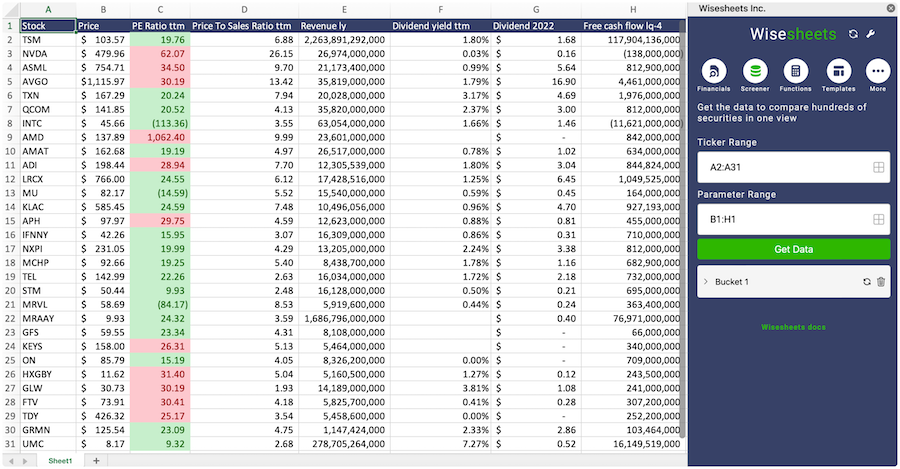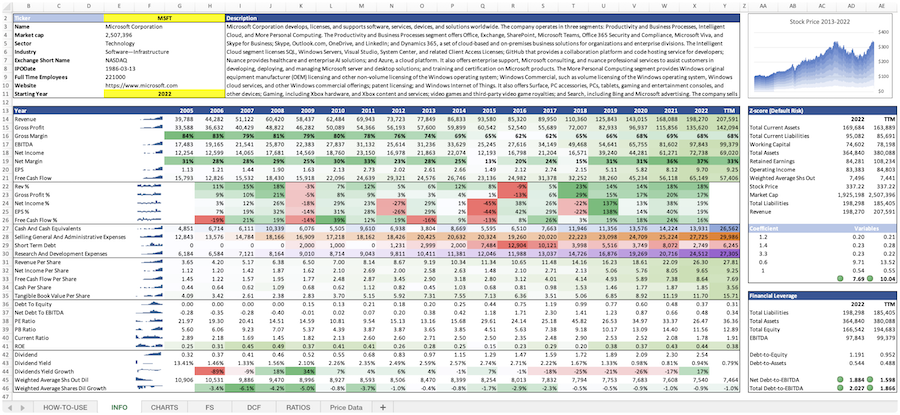R S Software (India) Limited
RSSOFTWARE.BO
Price:
$57.92
Market Cap:
$1.49B
R S Software (India) Limited provides software solutions to electronic payment industries in India, the United States, the United Kingdom, and Japan. It engages in the development, testing, and maintenance of software products. The company's products include RS RTPS, a payment processing platform for retail and corporate customers, merchants, and governments; RS DigitalEdge, a payment API for banks and fintechs; RS RealEdge, a payment platform for banks and payment service providers to communicate with RTPS and core banking systems; RS BillAbhi-Central, a hub-and-spoke architecture bill payment solution for billers and consumers, which is serviced through operating units; RS BillAbhi-Bank, a...[Read more]
Industry
Information Technology Services
IPO Date
2000-01-03
Stock Exchange
BSE
Ticker
RSSOFTWARE.BO
PE Ratio
[-14.70]
ROE
[-2.77%]
Current Ratio
[3.48]
Dividend Yield
[0%]
Enterprise Value
[1.43B]
Dividend History
The PE Ratio as of December 2025 (TTM) for R S Software (India) Limited (RSSOFTWARE.BO) is -14.70
According to R S Software (India) Limited’s latest financial reports and current stock price. The company's current PE Ratio is -14.70. This represents a change of -343.77% compared to the average of 6.03 of the last 4 quarters.
R S Software (India) Limited (RSSOFTWARE.BO) Historical PE Ratio (quarterly & annually)
How has RSSOFTWARE.BO PE Ratio performed in the past?
The mean historical PE Ratio of R S Software (India) Limited over the last ten years is 2.84. The current -14.70 PE Ratio has changed -51896.14% with respect to the historical average. Over the past ten years (40 quarters), RSSOFTWARE.BO's PE Ratio was at its highest in in the December 2024 quarter at 62.01. The PE Ratio was at its lowest in in the June 2019 quarter at -51.41.
Average
2.84
Median
-3.19
Minimum
-13.37
Maximum
28.07
R S Software (India) Limited (RSSOFTWARE.BO) PE Ratio by Quarter and Year
Discovering the peaks and valleys of R S Software (India) Limited PE Ratio, unveiling quarterly and yearly fluctuations to gain insights into the company’s financial performance and market dynamics, offering valuable data for investors and analysts alike.
Maximum Annual Increase = 630.18%
Maximum Annual PE Ratio = 28.07
Minimum Annual Increase = -500.72%
Minimum Annual PE Ratio = -13.37
| Year | PE Ratio | Change |
|---|---|---|
| 2025 | 18.17 | -35.28% |
| 2024 | 28.07 | -500.72% |
| 2023 | -7.01 | 33.41% |
| 2022 | -5.25 | 70.62% |
| 2021 | -3.08 | 630.18% |
| 2020 | -0.42 | -87.25% |
| 2019 | -3.31 | -37.34% |
| 2018 | -5.28 | -60.53% |
| 2017 | -13.37 | -167.36% |
| 2016 | 19.85 | 194.64% |
R S Software (India) Limited (RSSOFTWARE.BO) Average PE Ratio
How has RSSOFTWARE.BO PE Ratio performed in the past?
The current PE Ratio of R S Software (India) Limited (RSSOFTWARE.BO) is less than than its 3-year, less than than its 5-year, and less than than its 10-year historical averages
3-year avg
13.08
5-year avg
6.18
10-year avg
2.84
R S Software (India) Limited (RSSOFTWARE.BO) PE Ratio vs. Peers
How is RSSOFTWARE.BO’s PE Ratio compared to its peers?
R S Software (India) Limited’s PE Ratio is greater than Xelpmoc Design and Tech Limited (-28.09), greater than Xelpmoc Design and Tech Limited (-28.09), less than Bits Limited (300.38), greater than Cressanda Solutions Limited (-80.29), less than Atishay Limited (25.26), less than Softrak Venture Investment Ltd (275.27), less than Kavveri Telecom Products Limited (34.66), less than Kavveri Telecom Products Limited (34.66), less than Dev Information Technology Limited (2.72), less than Dev Information Technology Limited (2.72),
| Company | PE Ratio | Market cap |
|---|---|---|
| -28.09 | $1.97B | |
| -28.09 | $1.96B | |
| 300.38 | $1.15B | |
| -80.29 | $1.46B | |
| 25.26 | $2.01B | |
| 275.27 | $1.05B | |
| 34.66 | $1.51B | |
| 34.66 | $1.52B | |
| 2.72 | $2.09B | |
| 2.72 | $2.10B |
Build a custom stock screener for R S Software (India) Limited (RSSOFTWARE.BO) and other stocks
One of the best ways to find valuable stocks to invest in is to build a custom made screener in your Excel or Google Sheets spreadsheet. This allows you to compare thousands of companies like R S Software (India) Limited using the financials and key metrics that matter to you in a single view.
The easiest way to set this up is to use the Wisesheets add-on and set your spreadsheet like this:
Covering all these metrics from financial, data, dividend data, key metrics and more you can get all the data you want for over 50+ exchanges worldwide.
Get your free trial here.
R S Software (India) Limited (RSSOFTWARE.BO) and other stocks custom spreadsheet templates
The easiest way to analyze a company like R S Software (India) Limited or any others is to create a spreadsheet model that automatically retrieves all of the stock data you need.
Using Wisesheets you can set up a spreadsheet model like this with simple spreadsheet formulas. If you change the ticker you can get all of the data automatically updated for you.
Whether you need live data, historical price data, financials, dividend data, key metrics, analyst estimates, or anything else...Wisesheets has you covered.
Frequently asked questions❓
What is the PE Ratio?
How can you use the PE Ratio?
What is R S Software (India) Limited's PE Ratio?
How is the PE Ratio calculated for R S Software (India) Limited (RSSOFTWARE.BO)?
What is the highest PE Ratio for R S Software (India) Limited (RSSOFTWARE.BO)?
What is the 3-year average PE Ratio for R S Software (India) Limited (RSSOFTWARE.BO)?
What is the 5-year average PE Ratio for R S Software (India) Limited (RSSOFTWARE.BO)?
How does the current PE Ratio for R S Software (India) Limited (RSSOFTWARE.BO) compare to its historical average?

